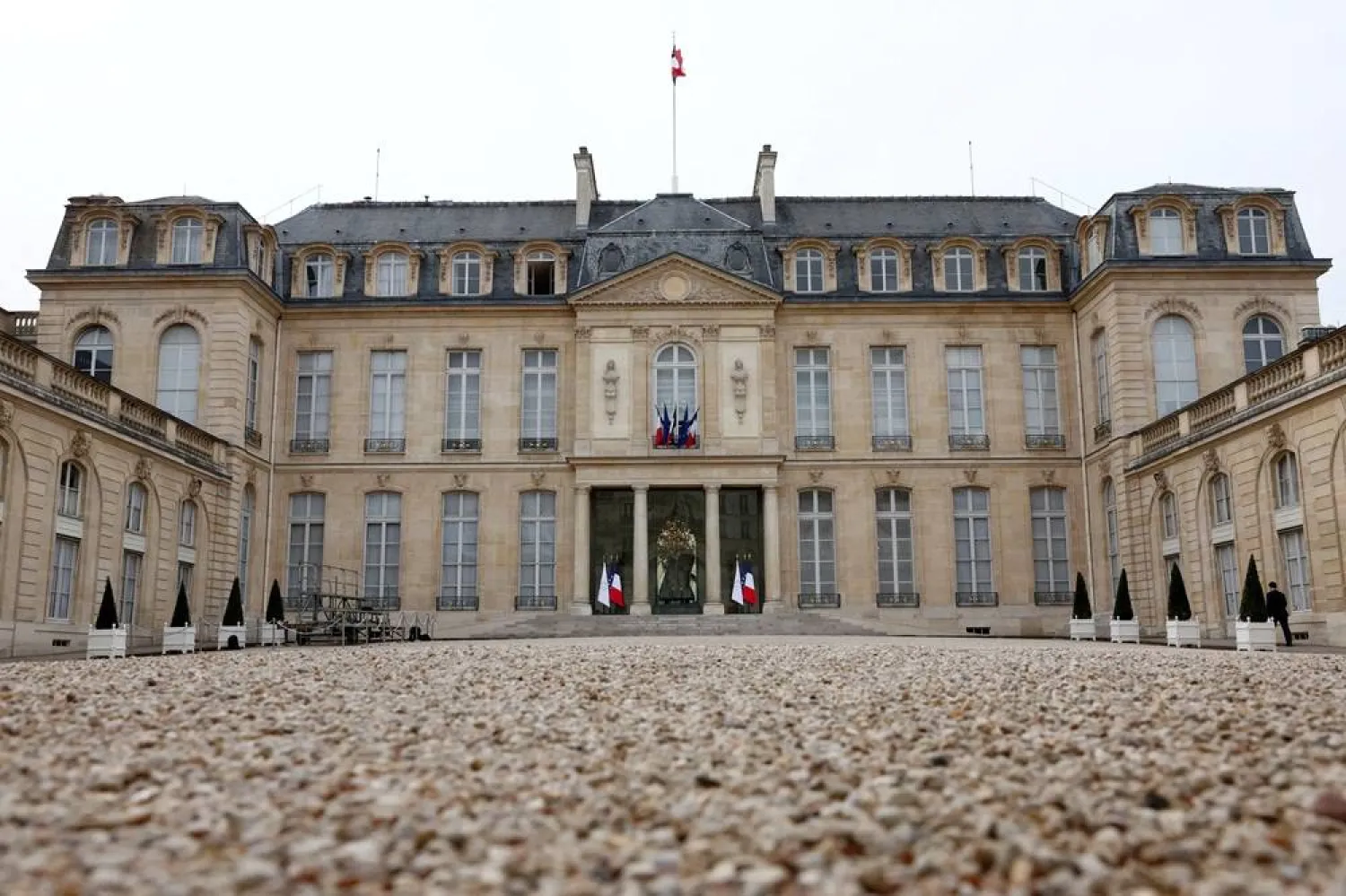“Happiness Atlas”, which is an annual study conducted to measure Germans' happiness level, showed that German satisfaction with their life in general remains high.
According to the study, which was published in Munich, the level of life satisfaction among Germans has hit 7.07 on a scale from 0 to 10 this year, compared to 7.11 degrees last year.
The German news agency said the study’s authors considered that the slight decline in the ratio was triggered by a statistical fear of recording the same rate.
The study, commissioned by the Deutsche Post for the seventh year in a row, is about a long-term assessment of the lives of the involved individuals, their wishes, goals and expectations.
Bernd Raffelhüsen, the co-author of the study, said the high German satisfaction with life has been driven by the positive economic development, lower rates of unemployment and higher wages.
According to the study, the happiest citizens in Germany were in the state of Schleswig-Holstein (7.43 points), while the state of Saxony-Anhalt comes in last place (6.83 points).
Satisfaction with life in the eastern states hit 6.89 points, slightly higher than in 2004 (6.3 points). Satisfaction in Western states remained stable at 7.11 points.
"The standards of life are still not equal, but there are many things that have happened," Raffelhüsen said, adding that the widespread perception of continued frustration in the eastern states was not confirmed by the figures.









